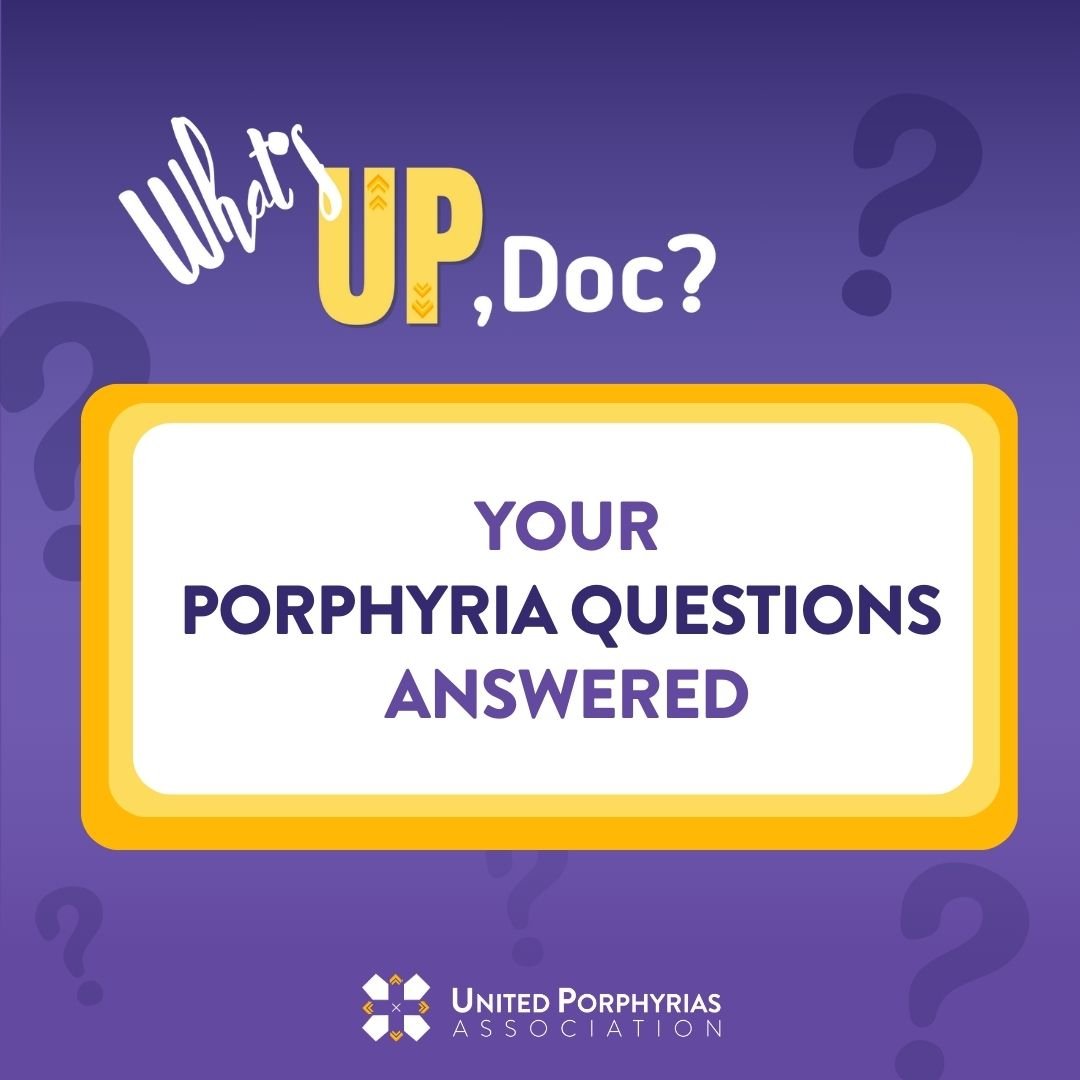Planning for an attack
What's UP Doc? Is a regular column where we feature a patient question along with a response from a member of the UPA Scientific Advisory Board.
Hi, I was diagnosed with acute intermittent porphyria about two years ago. I’m always worried about my next attack. What plan should I have in place in the event of another attack? At what point do you think I shouldn’t try to go it alone without help?
Thank you for your question! According to Dr. Karl Anderson, Porphyria Expert (University of Texas Medical Branch, Galveston, TX) here are the main items you should have in place. Remember to reach out to the UPA if you need support!
Be sure the AIP diagnosis is confirmed by a substantial PBG elevation in the past and DNA studies
Make an agreement with your physician about plans for managing an attack
Call your physician before you decide to go to the hospital, so he/she is informed and agrees
Go to hospital for any severe manifestations, or inability to maintain an oral intake.
Thank you to Dr. Anderson for this What's UP Doc? answer! Do you have a question for a porphyria expert? Send it to info@porphyria.org.



